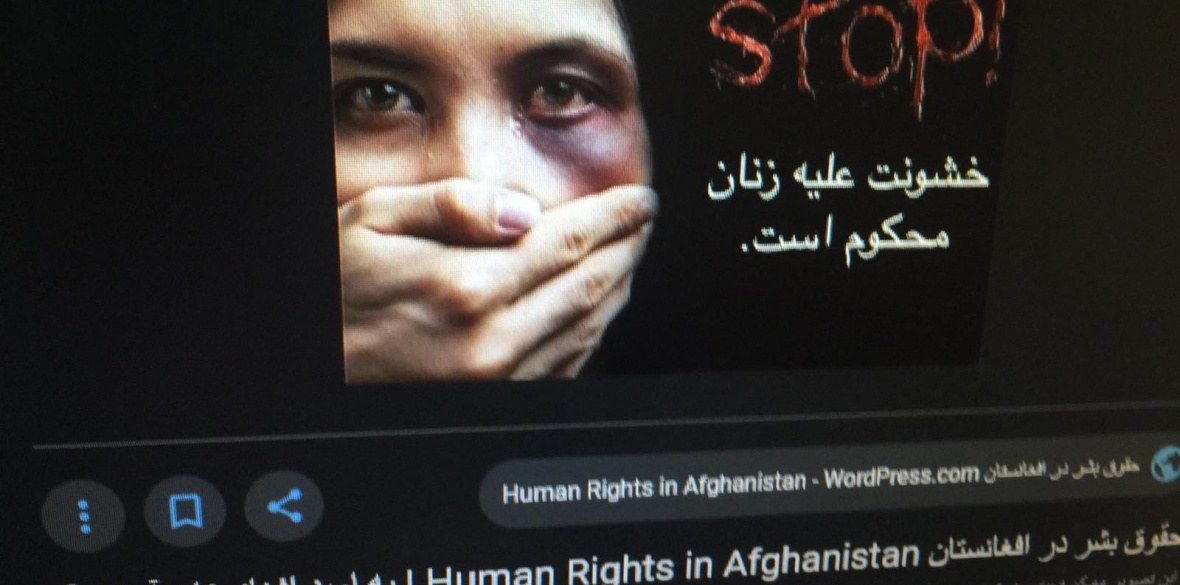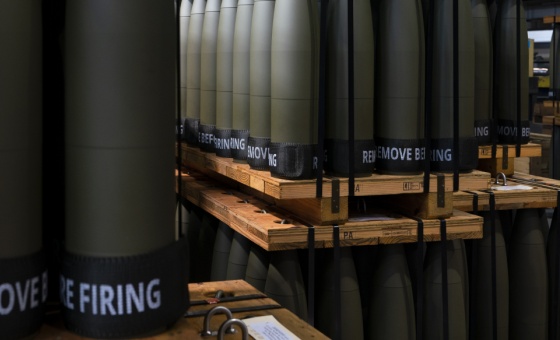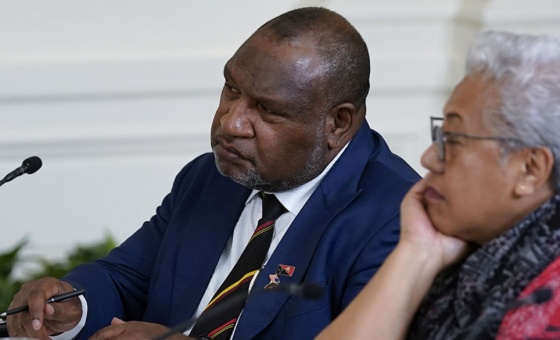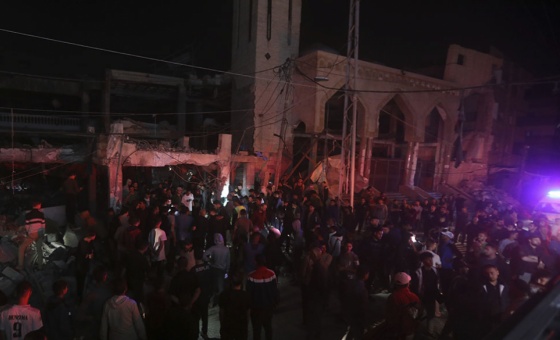This is the last article you can read this month
You can read more article this month
You can read more articles this month
Sorry your limit is up for this month
Reset on:
Please help support the Morning Star by subscribing here
TODAY, November 25, we mark the UN International Day for the Elimination of Violence Against Women.
This is important for women across the world, but this year, for the women of Afghanistan, it has special significance.
This is because through it we may draw the current situation of the country’s women to worldwide attention.
Today, the women of Afghanistan are at risk of losing the rights and freedoms they have won through their struggle, with worldwide support, during the past two decades.
Now, there is a very real possibility that if the Taliban gains the upper hand in the war or in peace negotiations, women will experience again the miseries of the 1990s, which they suffered first under the mojaheddin and subsequently the Taliban.
Although violence against women is a universal phenomenon, with almost a third of all women having experienced physical or sexual violence, in Afghanistan it takes on a special meaning as it has deep roots and is endemic in society and yet it is not recognised as either a public health risk or human rights violation.
In many parts of the country, abuse of women is taking place in the family setting.
Here women are forced into domestic drudgery, beaten and tortured.
In society, women have no guaranteed rights, and even the laws that do exist are not implemented.
Evidence suggests that almost every woman in Afghanistan has been a victim of abuse, either as a child or later in life.
Although there is no precise data, it is known that most women have suffered some form of domestic violence and experienced health problems as a result, especially severe stress, and even self-harm.
And violence not only causes suffering and misery to the victims, but to their families too.
Violence against women in Afghanistan has deep roots in society — historical, traditional, and cultural.
Women in the cities are in a better position than most of those who are trapped in the traditional patriarchies of the vast rural areas, where the practices of child marriage, forced marriage, honour killings and use of women as weapons of war are common.
In so far as the political system has great impact on the socio-economic and cultural issues in society, women as the half the population either lose or benefit under different political circumstances.
In my experience, only women living in elite families in the cities during the 1960s and ’70s enjoyed some rights and freedoms.
But under the government of the Democratic Republic of Afghanistan in the 1980s, the situation changed significantly, and women actively participated in all social, economic, cultural and educational spheres.
It was recognised at that time that unless women gained economic independence, they would remain oppressed by men and inequality would persist.
The Women’s Democratic Organisation of Afghanistan (WDOA), established in 1965 under the leadership of Dr Anahita Ratibzad, an opposition member of parliament in the 1960s and then minister of education in the 1980s, engaged in a consistent and progressive struggle for the freedom, equality and human rights of women.
In the 1980s, the WDOA, of which I was for some years general secretary, remained loyal to its fundamental principles and supported the government’s policy of getting as many women as possible into paid work and recognising their essential rights and freedoms.
The government did its best to provide many opportunities for women.
Thousands were engaged in productive and social work. They served as ministers in the cabinet and were workers and technicians in the factories.
Nearly all teachers in primary and secondary schools and half of all medical personnel were women.
More than half the students in higher education were girls. Women enjoyed three months maternity leave on full pay. Babies of working women were admitted to nursery from three months old to five years and there were locality nurseries in every department from the ministries to the factories.
When I oversaw nurseries and kindergartens as general director, while working for the Ministry of Education in the 1980s, the number increased from four to 400.
According to the law, women and men had equal rights in terms of employment, jobs and all other daily activities.
The women of Afghanistan have struggled hard to gain their rights and freedoms in recent years and, despite many obstacles, have successfully achieved some of them.
Now they are represented in parliament and other bodies, including in the peace negotiations, and they are active in the media and civil society organisations.
But there is a long way to go to achieve genuine emancipation of women.
In my view, the only way to achieve this is to change the political and social-economic system.
Only a progressive and democratic government can bring positive changes for the benefit of women in Afghanistan, while the Taliban would eradicate our gains and turn the clock back on women.
Karima Keshtmand was born in September 1946 in Kabul, Afghanistan. She studied applied economics at university level before becoming a secondary school teacher, and then going on to work in the Ministry of Mines and Industries. During the 1980s she worked as secretary-general of the Women’s Democratic Organisation of Afghanistan, and director-general of the nurseries and kindergartens (in Afghanistan) up to 1990. She married Sultan Ali Keshtmand, the former PM of Afghanistan, in 1966 and they have four children.











